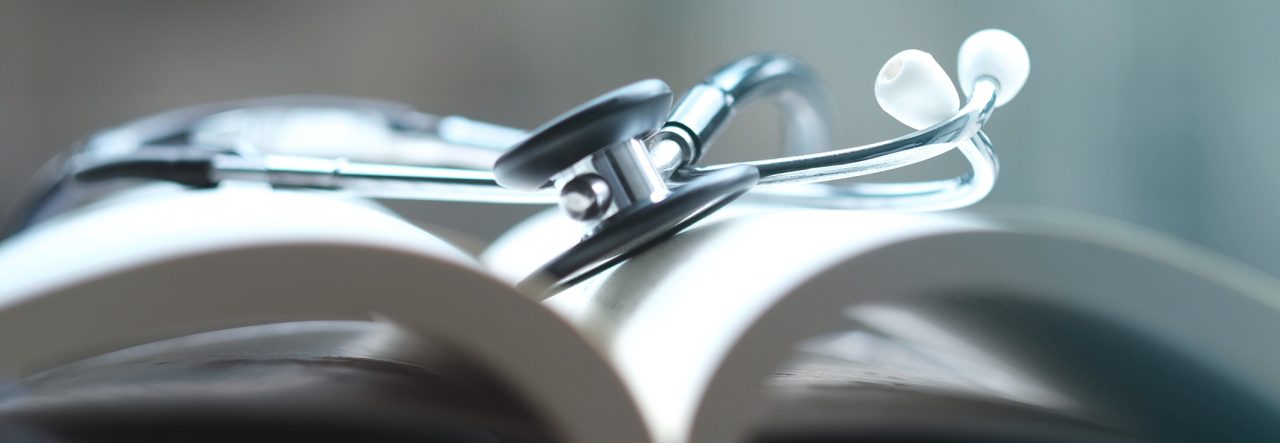
Medical school is a melting pot of passions and intellect. Therefore, I was surprised when it was here that I felt, for the first time, alone in my interests. I had fallen in love with the idea of using social media as a health care tool for both patients and providers. However, this concept is still in its infancy. With colleagues dedicated to so many different projects, it was difficult to convince them to join a movement that is still finding its place in medicine. Additionally, many of us are wary of putting our professional reputations at risk before they even have a chance to form. Statements made on social media in the heat of the moment can come back years later in haunting ways. A poorly thought out or timed tweet can become viral in minutes.
While I found this discouraging, the very platform I was trying to promote provided me with relief. On Twitter, I could find the conversations I craved with a simple #hashtag filter. Even when I didn’t know what I was looking for, I asked questions, and a simple like reminded me that I was not alone in my questioning. I followed mentors I admired, shaping my newsfeed into a flow of articles I cared about. Through them I learned of other hashtags and “mentors” I could follow. The quotations only indicate that most of these mentors probably are unaware of how they are influencing my personal career decisions and growth.
I happily grew into my lurker position and reached out of it occasionally. I learned about conference hashtags and was instantaneously given highlights from sessions occurring across the nation. It was easy asking clarification questions on Twitter knowing that people could respond in their own time. I enjoyed the false sense of security an online platform gives sometimes shy people like me. A few months ago, I participated in a tweetchat: #hcsm (healthcare social media). The interactions inspired me to break out of my comfort zone and directly message social media guru @DanamLewis, who founded the open source artificial pancreas system movement #OpenAPS. She agreed to speak for our Healthcare Innovations and Technology Student Interest Group, which is devoted to sharing news about improved patient care through the use of technology. It was the most attended event all year.
I currently hover in my personal bubble as a medical student on Twitter. I turn to it for information from trusted sources and am often pleasantly surprised by the interactions I have. While I tend to overthink social interactions with those above me on the medical hierarchy, the constant flow of tweets coming in from around the world allows me to let go of the expectations that I should get a response. Additionally, there is no obligation to post. I can use Twitter for as much or as little as I want, and it has been this versatility in usage that has convinced me of its invaluableness as a tool for the modern medical student.
I wrote this post with the guidance of both mentors and “mentors.” I look forward to the day when all medical students feel comfortable enough to add Twitter to their medical school toolkit. For all those who agree or disagree, I am putting out a call to action. A few peers and I who turn to social media for different reasons are coming together to formulate Twitter Guidelines, written by and for medical students. Guidelines for using Twitter as a medical educator, for example, already exist. If you have any experiences that would help us in our efforts, we would love to hear from you. You can email us at medstudsforsocialmedia@gmail.com or find me on Twitter @lamvivianw!
By: Vivian Lam, medical student, Virginia Commonwealth University
Further Reading
Micieli A, Frank JR, Jalali A. A medical educator’s guide to #MedEd. Acad Med. 2015;90:1176. doi: 10.1097/ACM.0000000000000776

